So I have this vector:
a = sample(0:3, size=30, replace = T)
[1] 0 1 3 3 0 1 1 1 3 3 2 1 1 3 0 2 1 1 2 0 1 1 3 2 2 3 0 1 3 2
What I want to have is a list of vectors with all the elements that are separated by n 0s. So in this case, with n = 0 (there can't be any 0 between the consecutive values), this would give:
res = c([1,3,3], [1,1,1,3,3,2,1,1,3], [2,1,1,2]....)
However, I would like to control the n-parameter flexible to that if I would set it for example to 2, that something like this:
b = c(1,2,0,3,0,0,4)
would still result in a result like this
res = c([1,2,3],[4])
I tried a lot of approaches with while loops in for-loops while trying to count the number of 0s. But I just could not achieve it.
Update
I tried to post the question in a more real-world setting here: Flexibly calculate column based on consecutive counts in another column in R
Thank you all for the help. I just don't seem to manage put your help into practice with my limited knowledge..

